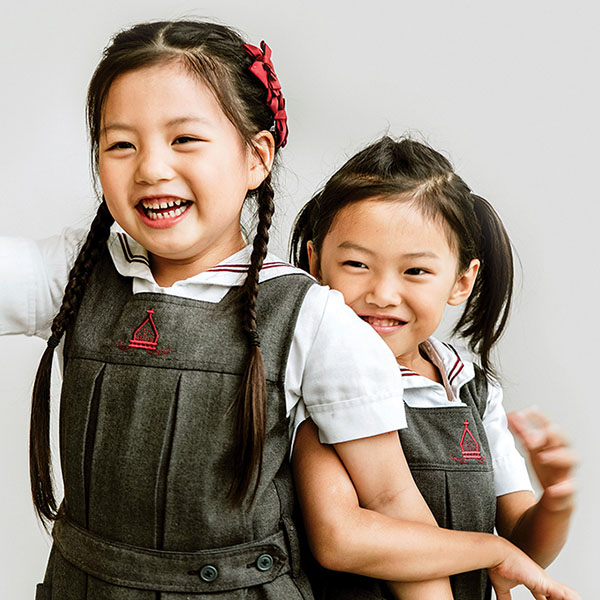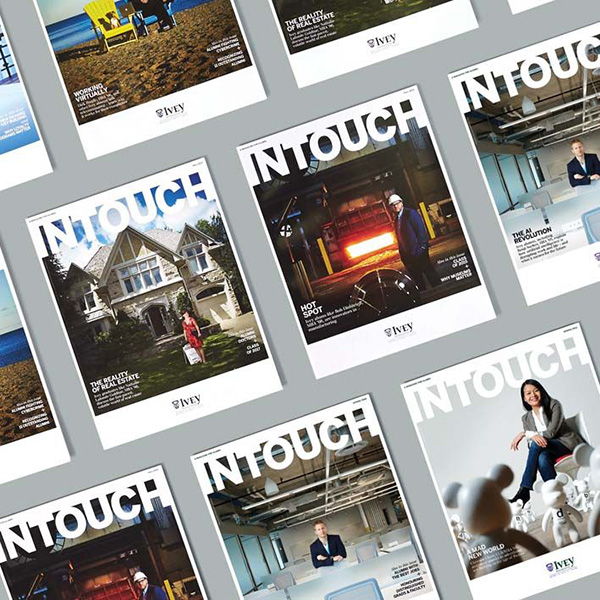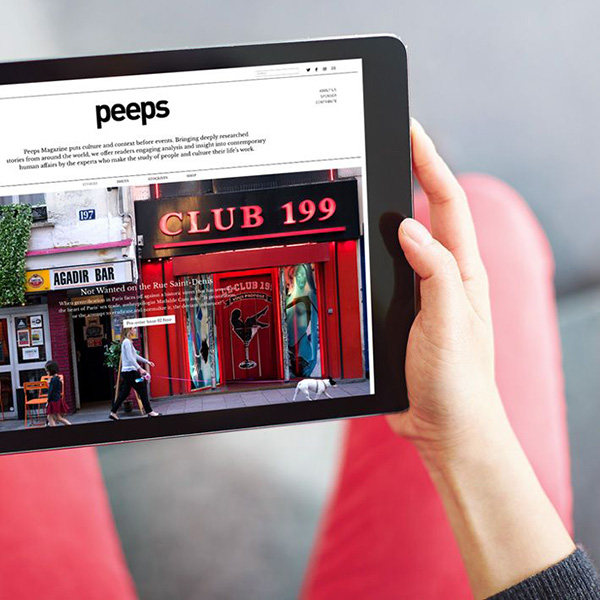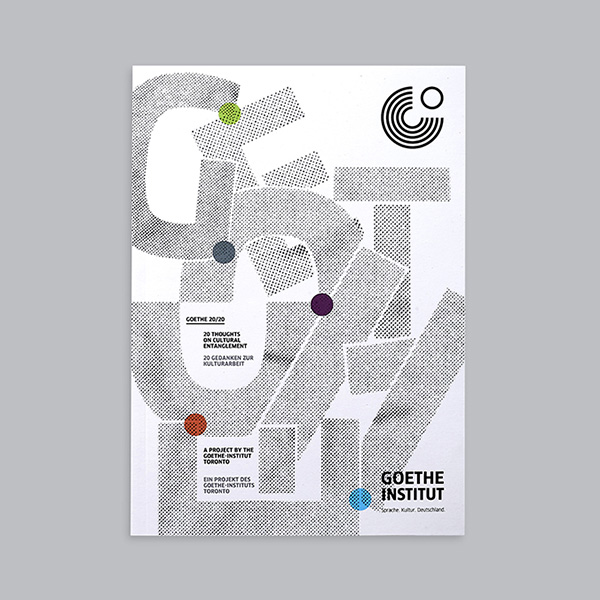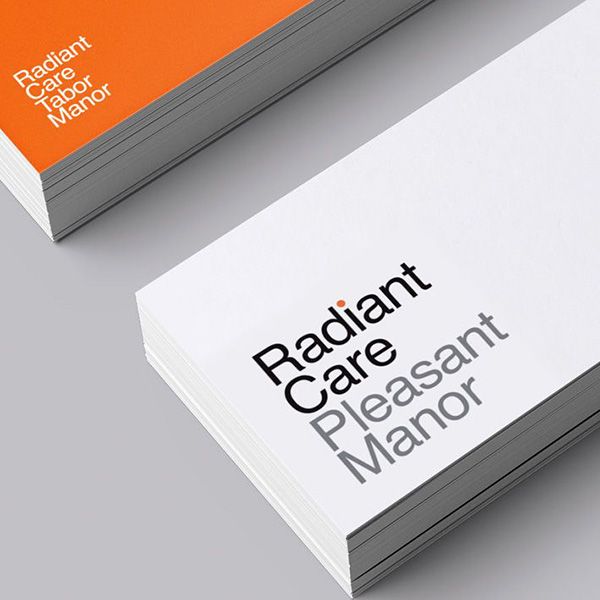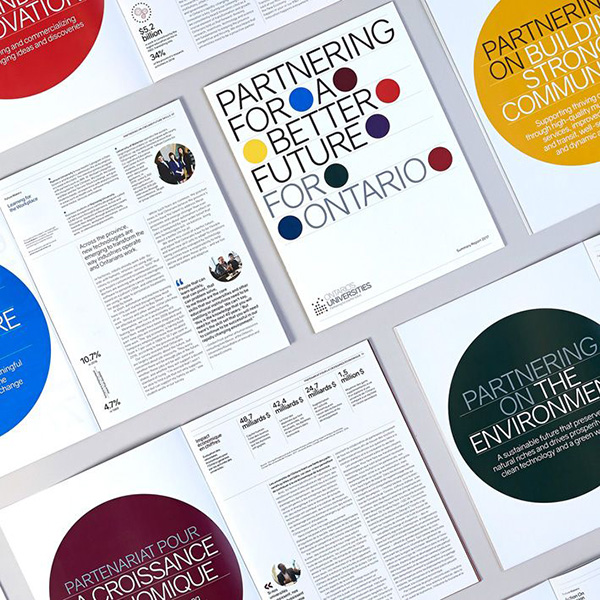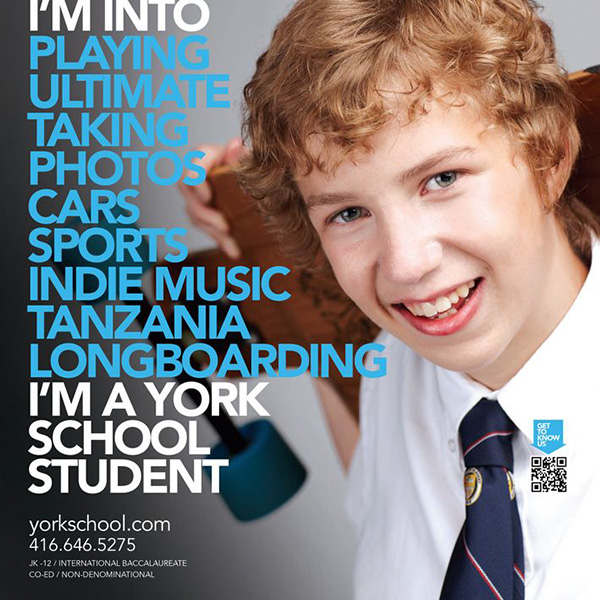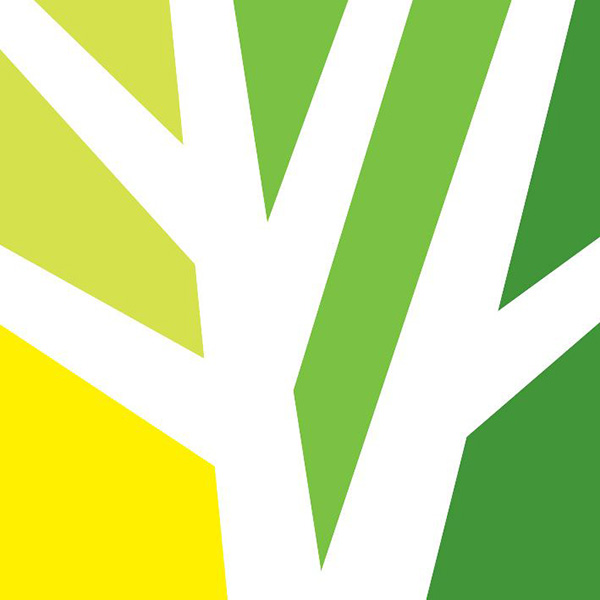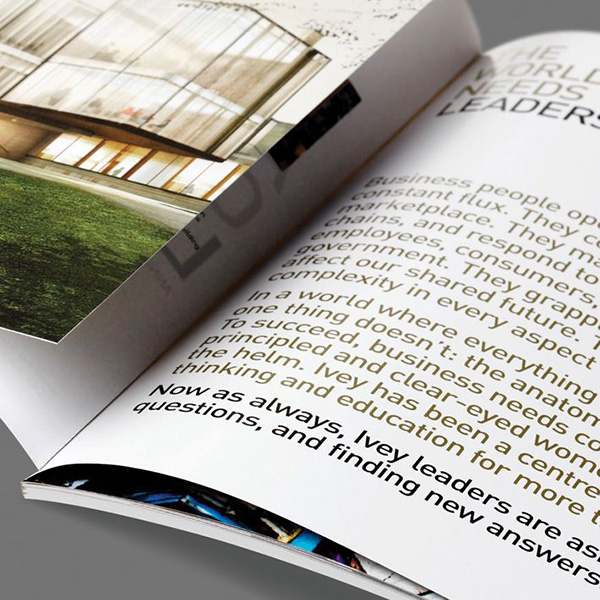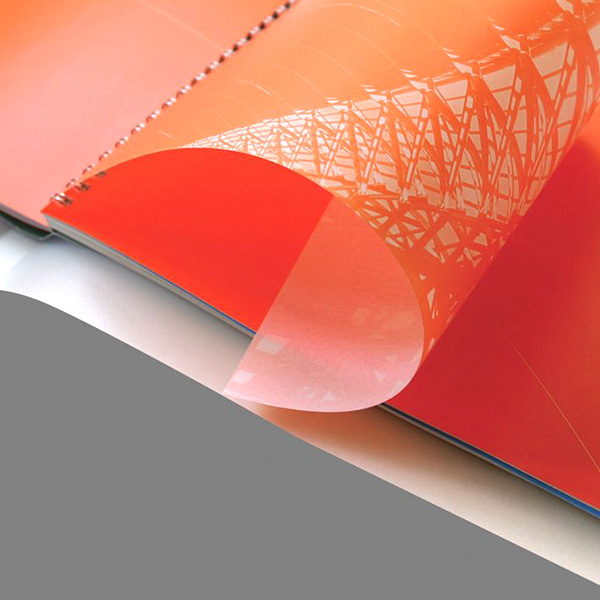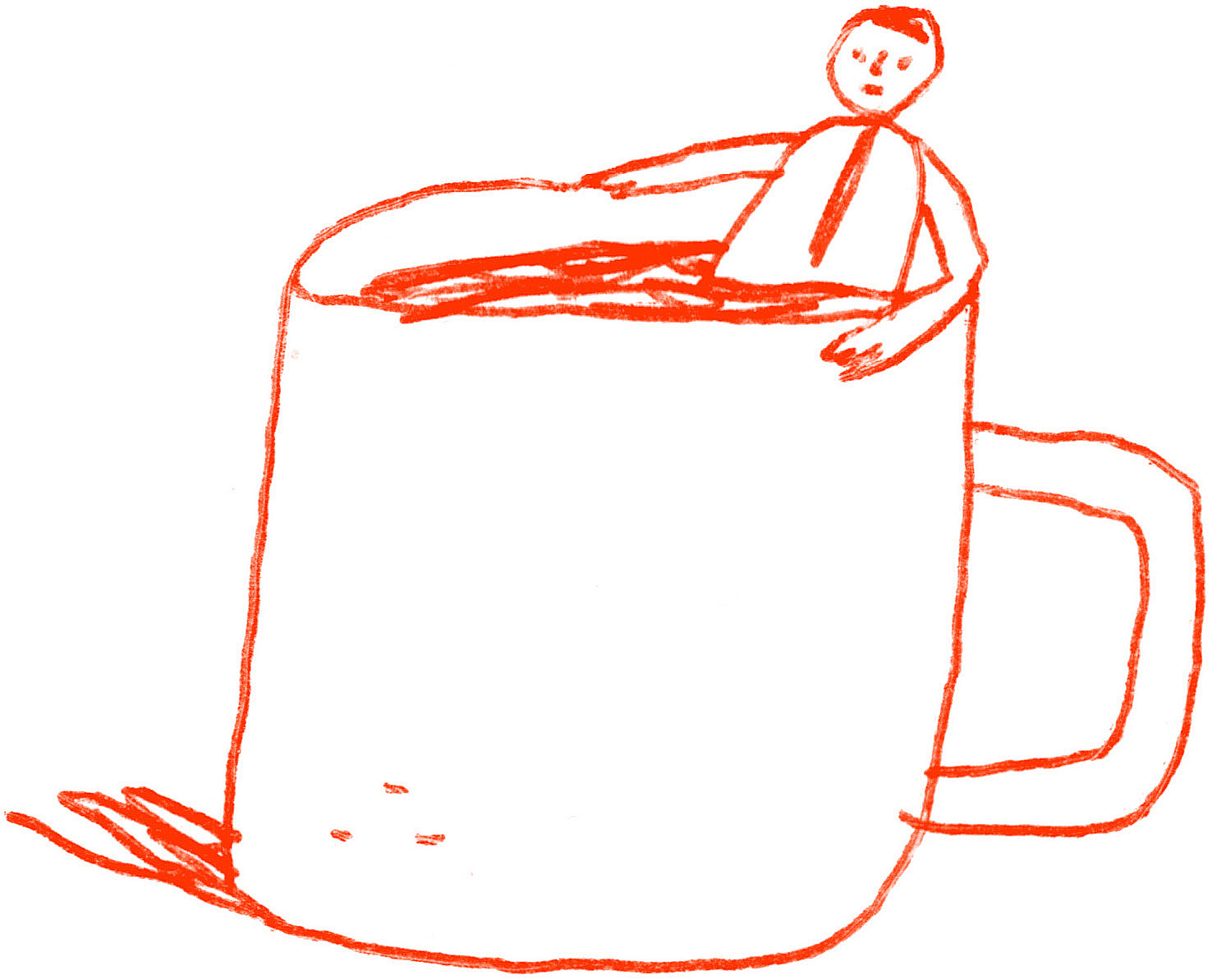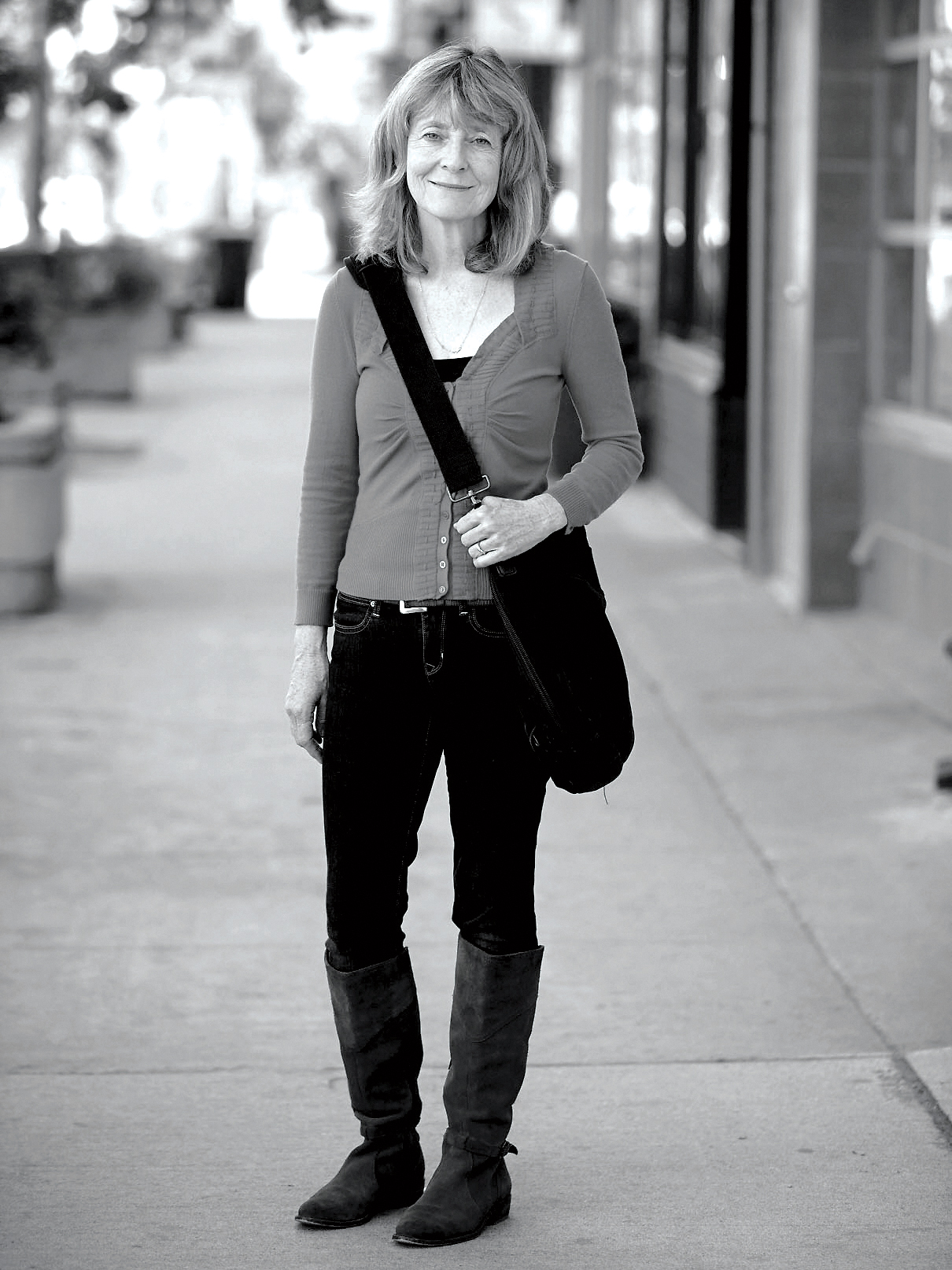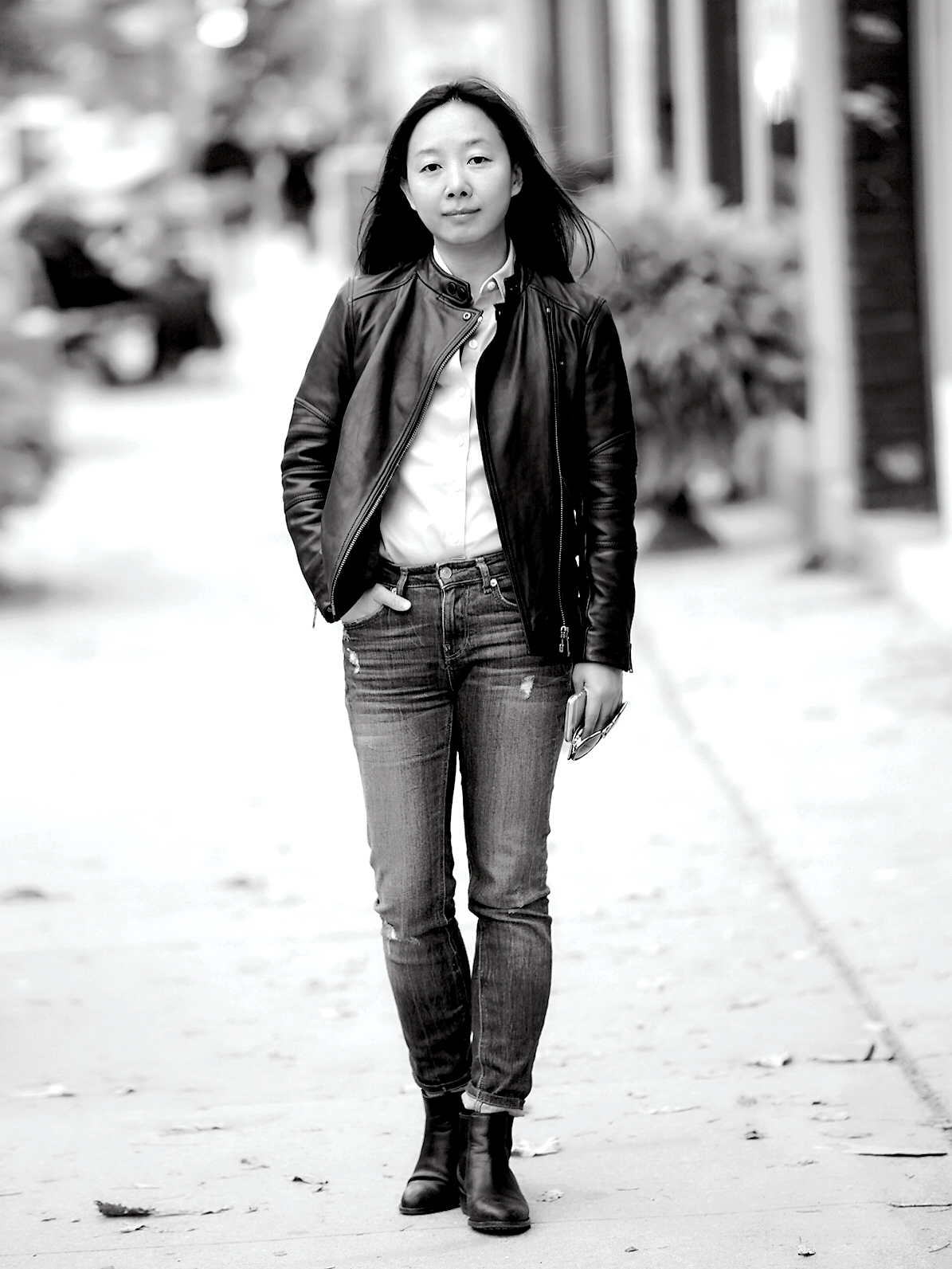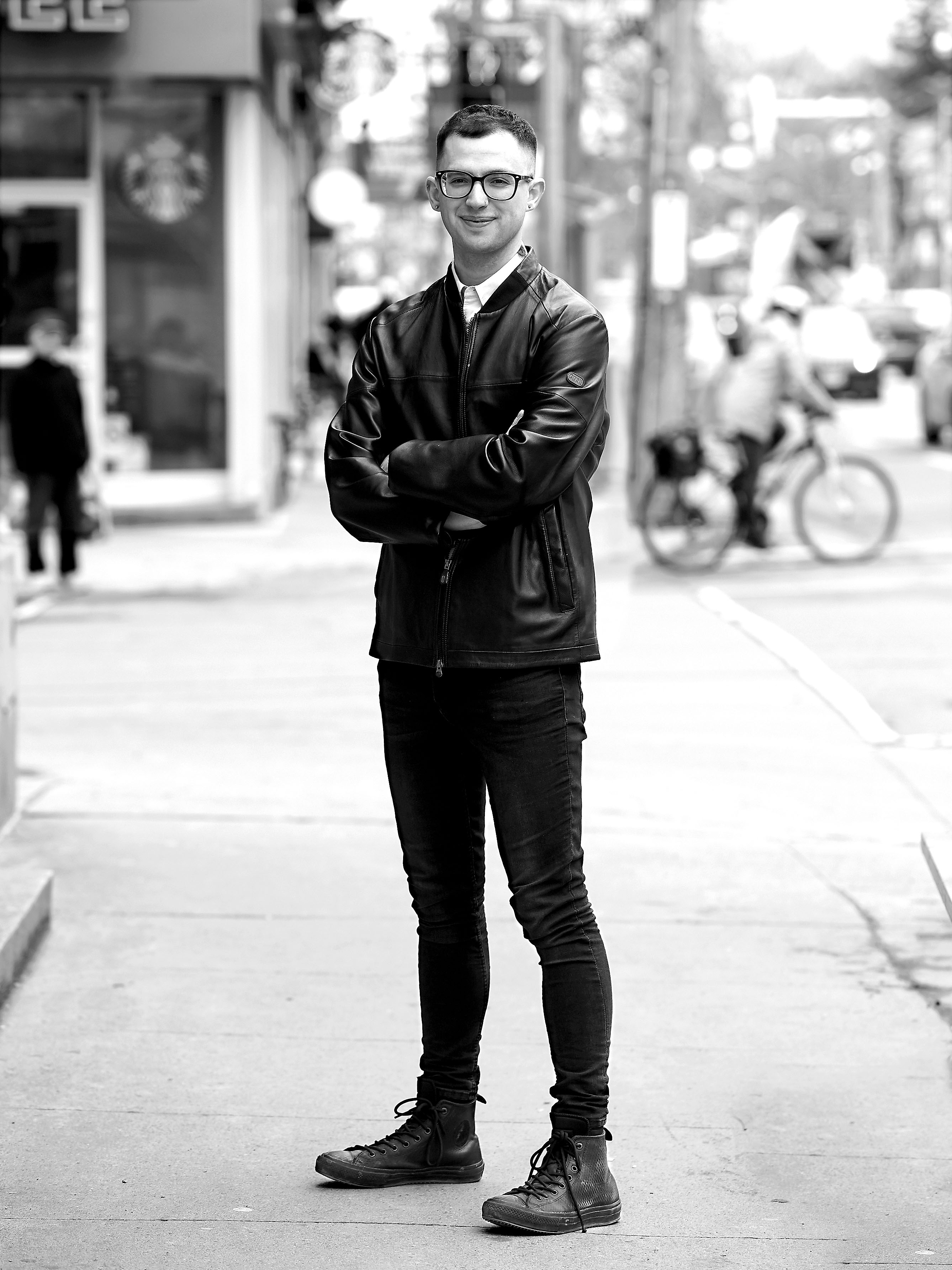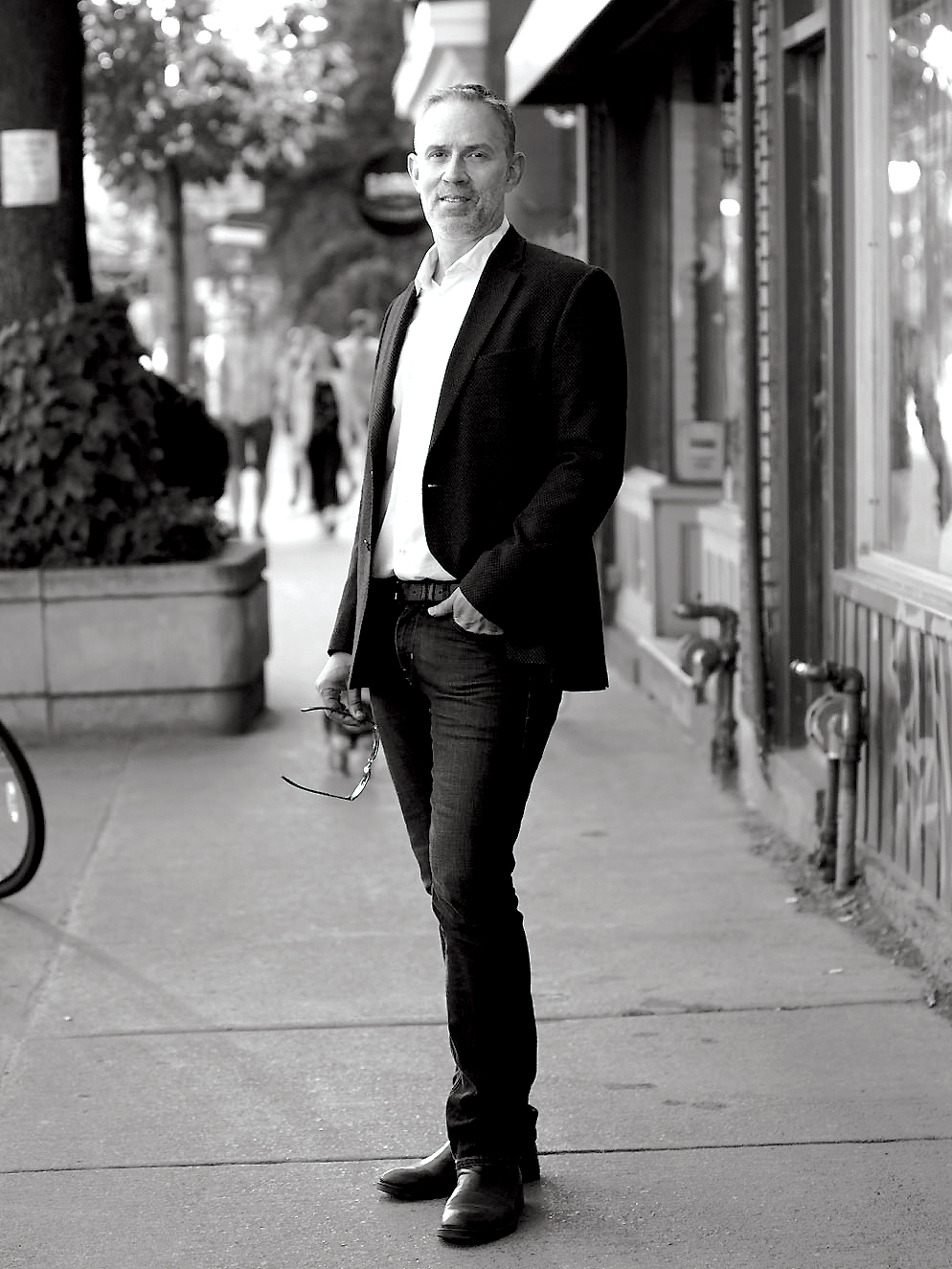beyond ‘usability’ and ‘use’ Expanding
qualitative research beyond ‘usability’
and ‘use’
Qualitative research is a varied field. We do our best to keep up with our peers’ work so we can improve our own practice and to see where we fit into the field as a whole. That field often looks to us like many overlapping spaces – service design, user experience research, design anthropology, design research, design thinking, co-design, and other related practices, which makes it hard to generalize. But one trend we’ve noticed is that a lot of qualitative research in business is heavily-focused on usability and use – and that may be a constraint for the field to eventually grow beyond.
Qualitative research in industry developed from a desire to make things – objects, procedures, and services – easier to use. This is a good aim, and it’s work we do as well. But our version of qualitative research often differs from this approach in that it tends to focus not only on use, but on meaning.
We each know that our experiences extend beyond purely task-oriented behaviour – into affect and emotions, symbolic representation, group norms, individual and collective identities, subjective aesthetic judgements rooted in aspirations and culture, social roles and statuses – in short, the full messiness and complex context of human lives.
It makes sense that qualitative researchers have often focused on use, which in a business context, provides immediate justification of the expense and effort involved in gathering qualitative insight. One of the most common and useful pieces of advice I received as a beginning researcher was to limit my focus to only the most pressing questions, or risk becoming adrift in a sea of qualitative data.
However, we think that the current emphasis on use has marked drawbacks for the field. It contributes to the falsely-universalized, context-avoidant image of design critiqued by designers and researchers like Vivianne Castillo, Mark Monteiro, Jason Brush, and Jesse Weaver. It can hide differences in context between groups or conditions that might complicate the assumed goals of a design process, or displace designers as ultimate, unaccountable experts and decision-makers.
And by focusing on the immediate context of use – the interval of time where a person is directly interacting with a product or service – ‘use-focused’ approaches can miss the parts of someone’s life that extend beyond that immediate context of use, or beyond the individual to the broader social reality they’re engaged with. Understanding that broader context impacts the efficacy of design, as well as its potential for harm.
In my experience, most researchers who adhere closely to a use-focused framework are very sensitive to and aware of elements of complex human experience beyond use, but are often constrained by the ways senior decision makers in their organizations understand research. We’ve been fortunate to have buy-in to approach things in the way that we have, and I would be thrilled if these thoughts gave someone else some useful language to champion a broader concept of qualitative research.
By attending to context-rich stories and by advocating for this more holistic concept of design, we really think that researchers and designers can create more meaningful results at the end of their design processes. In addition to strengthening the work, for us this has also proven a more rewarding way to design.

